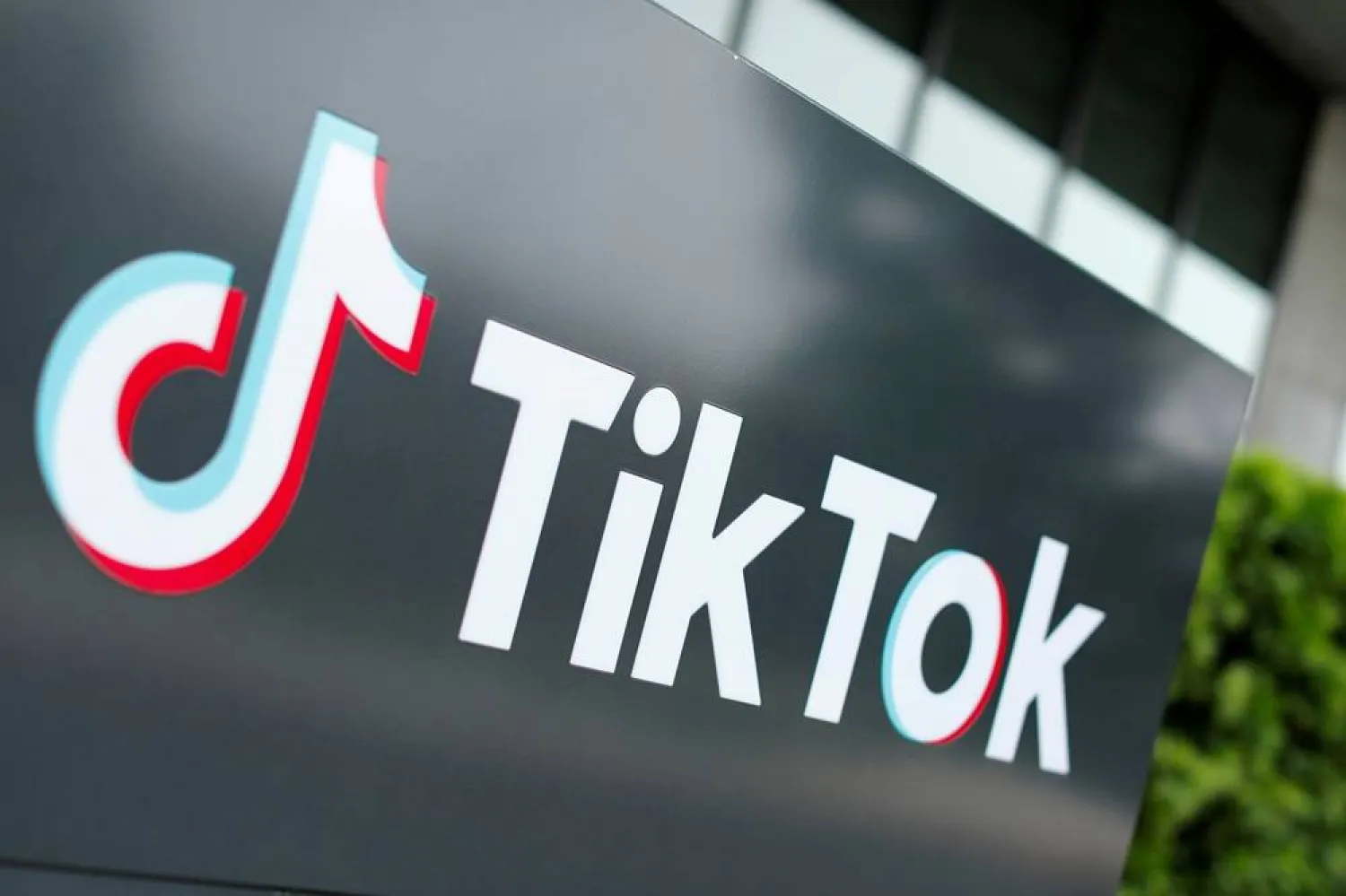Huawei and Apple’s latest smartphones went on sale in China on Friday, with many fans of the Chinese tech company disappointed that its much-anticipated $2,800 tri-foldable phone was not available for walk-in customers.
At Huawei's flagship shop in the southern Chinese city of Shenzhen, some who described themselves as Huawei "super fans" said they were annoyed after being told only those whose pre-orders had been confirmed could buy the new Mate XT.
"I’ve been here since 10 p.m. last night because this tri-folding phone is a first and I'm excited to support our country," said a university student surnamed Ye.
"But this is very disappointing. They should have made it clear we can’t buy."
Another eager consumer surnamed Guo said he took a day off from his job in manufacturing to queue from Thursday night.
"They didn’t make it clear there’d be no phones. It’s disappointing."
It was a similar story at the Huawei Wangfujing store in Beijing, where consumers were told only those whose pre-orders had been confirmed could buy the much-anticipated phone, which folds three ways like an accordion screen door.
The disappointment comes after analysts had warned that supply chain constraints could leave many potential buyers of Huawei Technologies' Mate XT empty-handed.
Huawei did not say how many phones had been produced so far or how many customers would receive the Mate XT on launch day.
The Mate XT, which is offered at more than twice the price of the iPhone 16 Pro Max, was unveiled at the same time as Apple's new smartphone earlier this month.
APPLE NEEDS CHINA AI PARTNER
Apple's new smartphone launch in China has been overshadowed by the fact that it has yet to announce an AI partner in the country to power the 16s, and Apple Intelligence, its AI software, will only be available in Chinese next year.
Some Apple fans said the AI challenge was not an issue.
"The lack of AI in iPhones is not currently a major concern for me, as it's more of a gimmick at this stage," said a customer surnamed Shi who upgrades his iPhone annually.
Speaking about the new offering by Huawei, which is seeking to expand its lead in the world's biggest smartphone market, Shi said it was too expensive and "not for ordinary customers".
The launch of the Mate XT, which analysts say has a locally-made chipset, underscores Huawei's ability to navigate US sanctions although the company's ability to mass-produce remains a concern.
Pre-orders for the Mate XT have surpassed 6.5 million, almost double the roughly 3.9 million foldable smartphones shipped worldwide in the second quarter of this year, according to consultancy IDC. "Pre-ordering" does not require consumers to put down a deposit.
Based on recent checks, key components of the Huawei Mate XT, including the panel, cover glass, and hinges, may be facing production yield issues, said Lori Chang, a senior analyst with Isaiah Research.
While the Mate XT shows Huawei's innovation in the premium segment, sales may fall short of its bi-folding predecessor, the Mate X5, which still retails for 11,500 yuan ($1,630) and has sold 2.2 million units in total as of the second quarter, said Amber Liu, an analyst with research firm Canalys.
Though both are premium foldable flagships of Huawei, Mate XT and Mate X5 differ in their value proposition, specifications and price, Liu said.
"It’s challenging for the Mate XT to replicate the volume of the Mate X5, but Mate XT marks a significant breakthrough and evolution in all these aspects."









